Nestled in the rugged beauty of the New River Gorge, Thurmond, West Virginia, stands as a poignant testament to the rise and fall of industrial America. Once a thriving coal town and a bustling railroad hub, Thurmond now exists as a near-ghost town, offering visitors a glimpse into a bygone era.
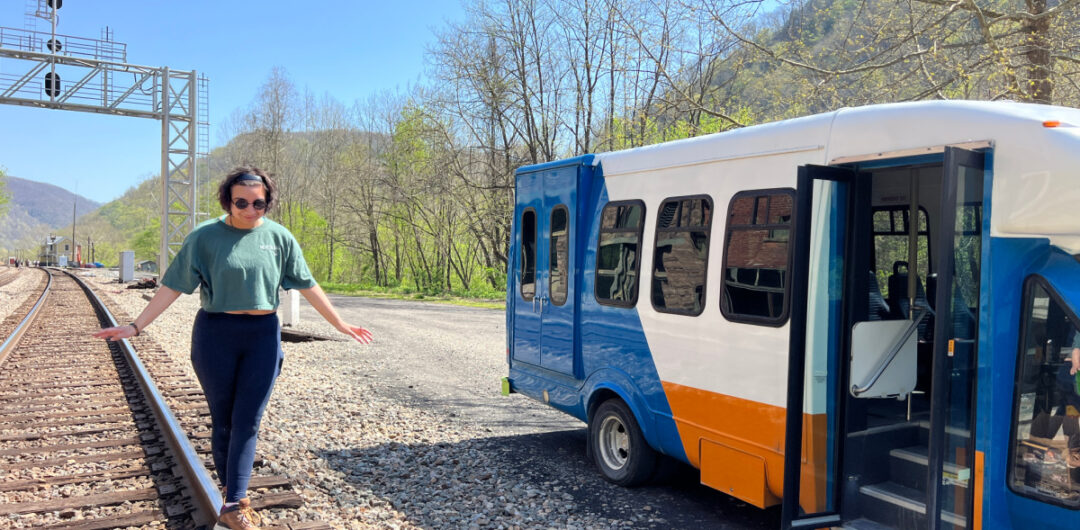
Last month, my daughter and I had the pleasure of checking out the Ghost town of Thurmond firsthand during a driving tour with Adventures on the Gorge and came away with a new take on West Virginia history. Here’s a delve into its history, why it fell apart, and how you can visit.
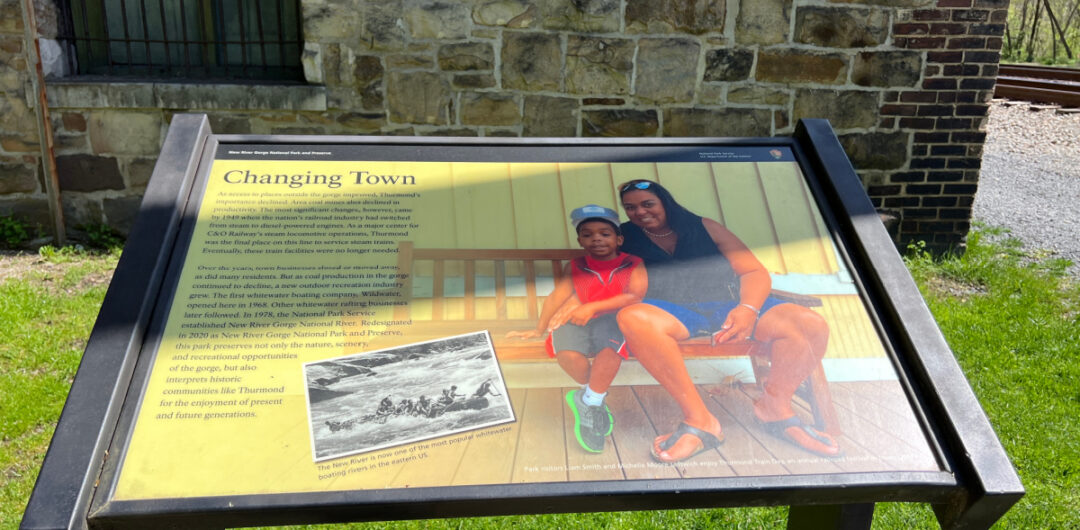
The Birth of Thurmond
In 1873, Captain William D. Thurmond acquired 73 acres along the newly completed Chesapeake and Ohio Railway mainline. Recognizing the strategic importance of the location, he established a town that would become the heart of the New River Gorge’s coal industry. The town’s prosperity was closely tied to the coal and timber industries, with the expanded rail yard meeting the growing demands of the railroad.
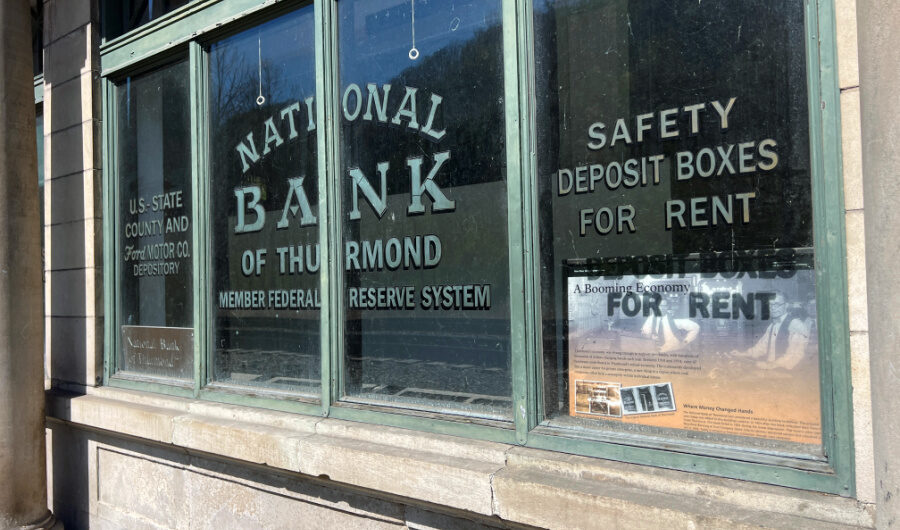
A Boomtown at Its Peak
By 1910, Thurmond had become the chief railroad center on the C&O Railway mainline, generating more revenue than Cincinnati and Richmond combined. The town’s depot served as many as 75,000 passengers annually, and its commercial district boasted two hotels, two banks, restaurants, clothing stores, a jewelry store, a movie theater, and numerous dry-goods stores. The town’s prosperity was further reflected in the wealth of its banks, which were among the richest in the state.
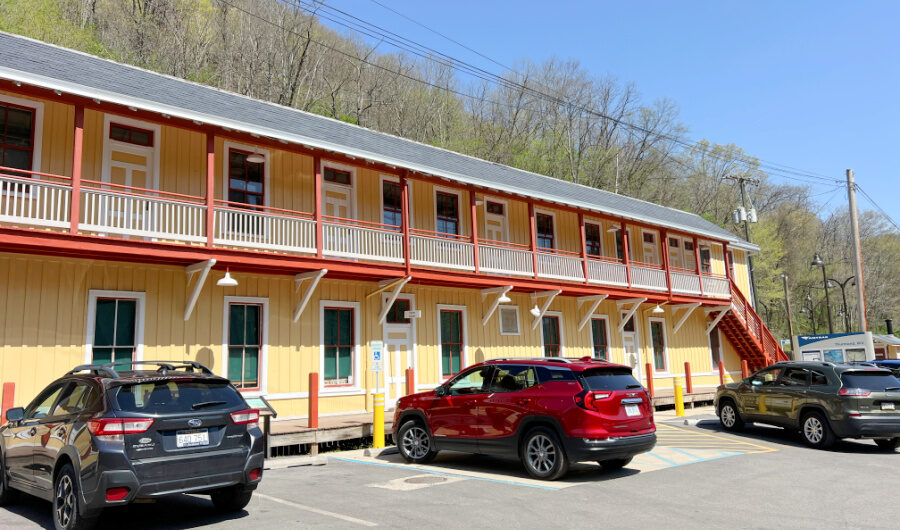
The Dun Glen Hotel and the Longest Poker Game
Despite Captain Thurmond’s ban on alcohol within the town limits, the McKell family, who owned part of the town, operated the Dun Glen Hotel just outside the restricted area. This establishment became famous for hosting what is claimed to be the world’s longest poker game, lasting an astonishing 14 years.
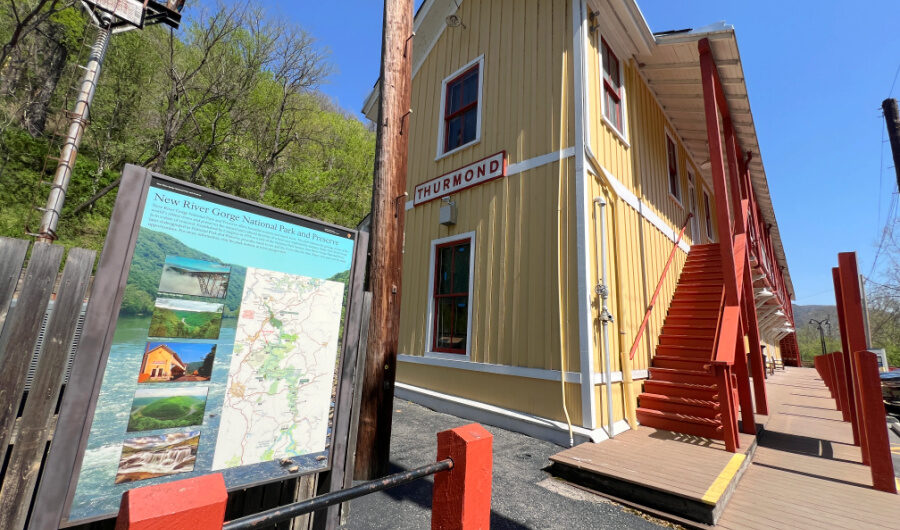
Decline and Abandonment
The Great Depression dealt a severe blow to Thurmond’s economy. The National Bank of Thurmond closed in 1931, and the New River Bank relocated to Oak Hill in 1935. The town also lost its meat-packing plant in 1932 and its telephone district office in 1938. Adding to the woes, two major fires in 1914 and 1963 destroyed several key businesses, including the Dun Glen Hotel.
The advent of diesel locomotives in the 1950s rendered Thurmond’s steam-based rail yard obsolete. With fewer coal shipments and the decline of the railroad industry, the town’s businesses shuttered, and residents moved away. By the 1960s, Thurmond had become a shadow of its former self.
Preservation and Modern-Day Thurmond
In 1978, the National Park Service acquired the town as part of the New River Gorge National Park and Preserve. Efforts to stabilize and restore the historic structures began in 2003, including repairs to preserve buildings until they can be rehabilitated or restored. The Thurmond Depot was restored as a visitor center in 1995 and is open seasonally between Memorial Day and Labor Day.
Today, Thurmond remains a living piece of history. The town is still incorporated, with a mayor and city council that meet to pass ordinances and make decisions about the future of the town. An annual reunion for former residents keeps the community’s spirit alive. The town also serves as a major put-in point for whitewater rafters exploring the New River Gorge.
Visiting Thurmond
To reach Thurmond, take U.S. Route 19 to the Glen Jean exit, north of Beckley, and follow the signs to Thurmond, seven miles down WV Route 25. Visitors should note that Route 25 is a narrow, winding road and is not recommended for RVs and trailers.
Exploring Thurmond offers a unique opportunity to step back in time and experience the history of a town that once played a pivotal role in America’s industrial era. The preserved buildings, coupled with the stunning natural beauty of the New River Gorge, make Thurmond a must-visit destination for history enthusiasts and adventure seekers alike.
